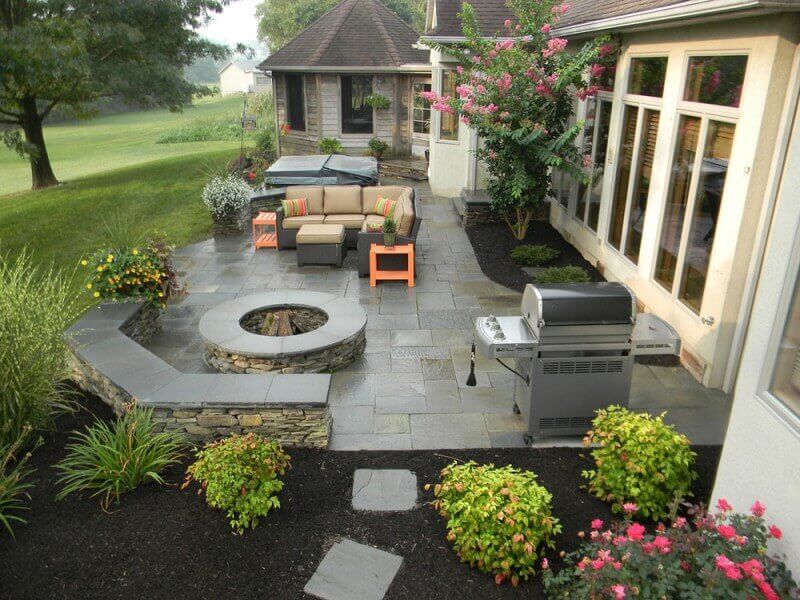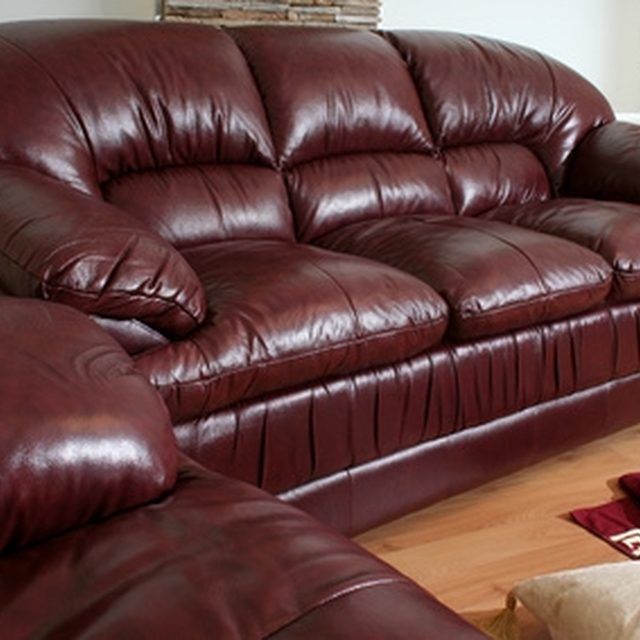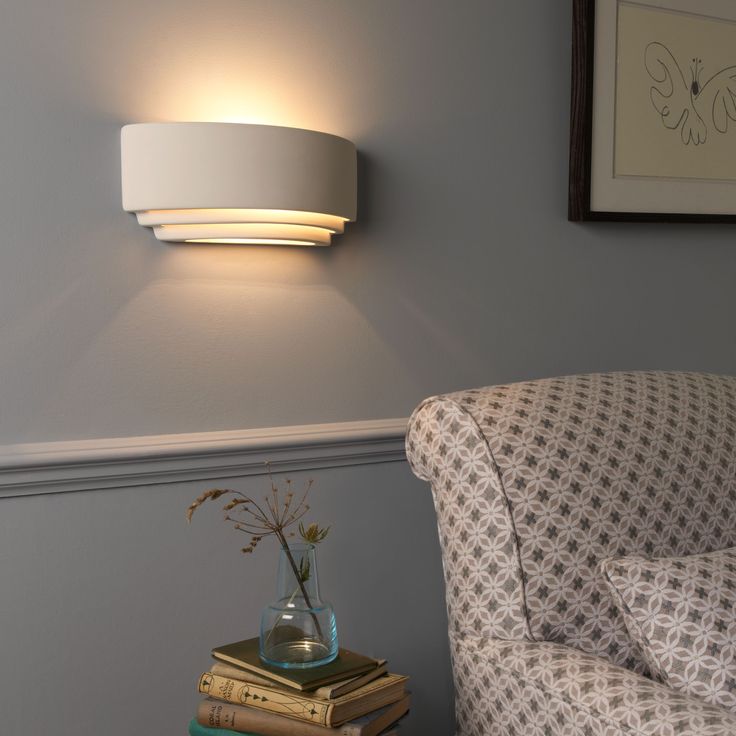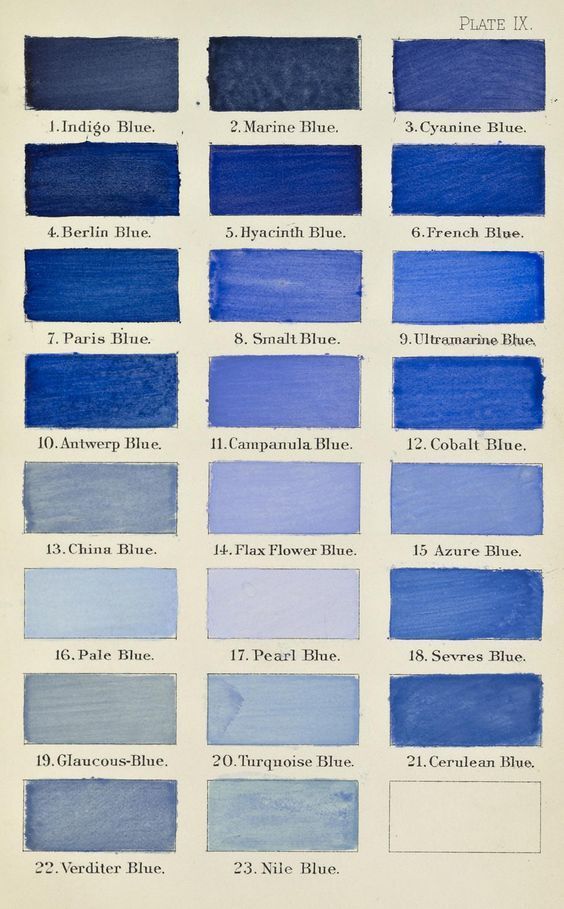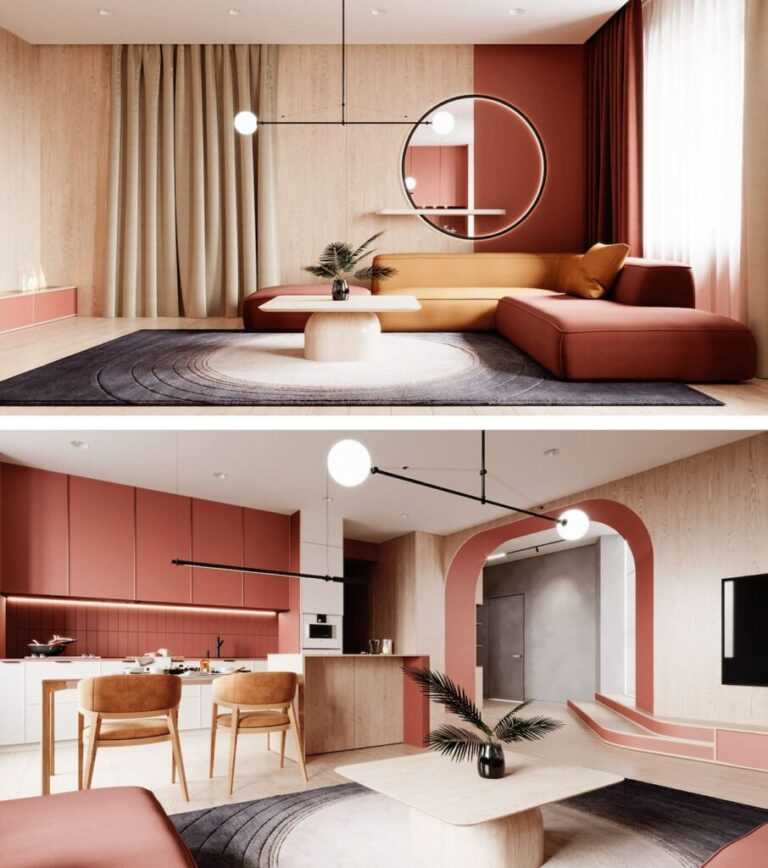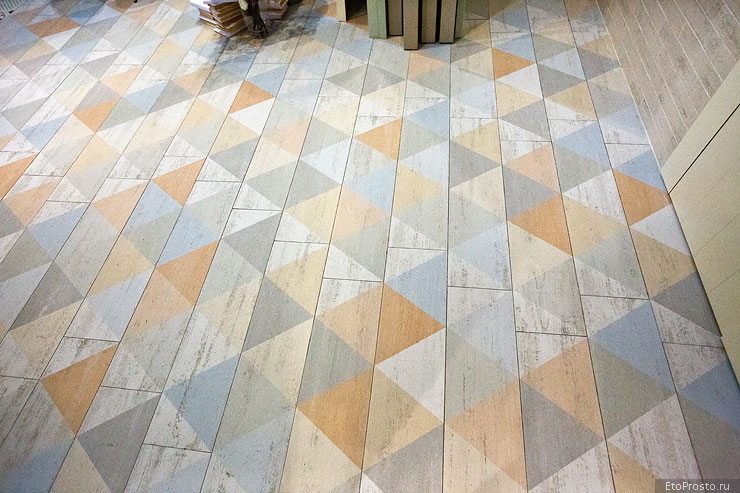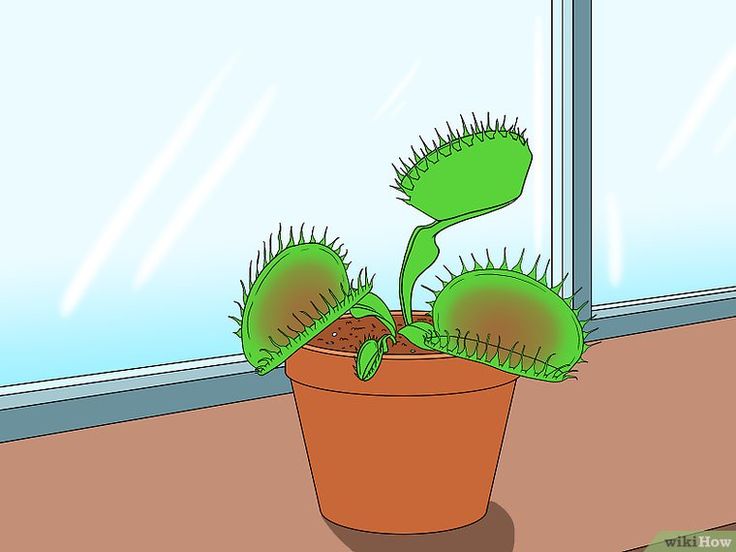Ranch decorating style
Ranch-style houses – the ultimate guide to the look and how to get it |
When you purchase through links on our site, we may earn an affiliate commission. Here’s how it works.
Photography/Michael Hunter
(Image credit: Darla Bankston May)
When you picture a ranch-style house, there’s a good chance you envision a remote desert filled with wild horses, cowboys, and the occasional tumbleweed sighting. But, in reality? This American architecture genre has life beyond the wild west.
With a strong presence from coast to coast, ranch-style homes are loved for their versatility and flexibility.
If you want to get acquainted with this beloved architecture, we’ve broken down everything you need to know about ranch-style houses, inside and out.
- See more: House Styles - the complete guide to architectural styles and eras
What makes a house ranch style?
Photography/Daniel Nadelvach
(Image credit: Darla Bankston May)
It’s not hard to identify a ranch-style house — you just need to know what you’re looking for. While these residences come in various shapes, sizes, and styles, ranch style homes are typically defined as sprawling, low-slung structures.
Multi-storied ranch houses do exist, but you’ll typically see this type of residence spanning across just one floor. The reason is simple: ranch house styles emphasize the delicate balance between indoor and outdoor living.
'I believe the popularity of ranch-style houses can be attributed to their rugged qualities and connection to nature,' explains designer Marie Flanigan .
'This genre of house evokes coziness and can be recreated in any area of the country by employing raw wood elements, textural fabrics, and expansive patio space.'
When did ranch style houses originate?
Photography/Michael Hunter
(Image credit: Darla Bankston May)
The ranch-style house has always been closely tied with American history. The architecture first became popular in the 1920s, as more and more people headed west.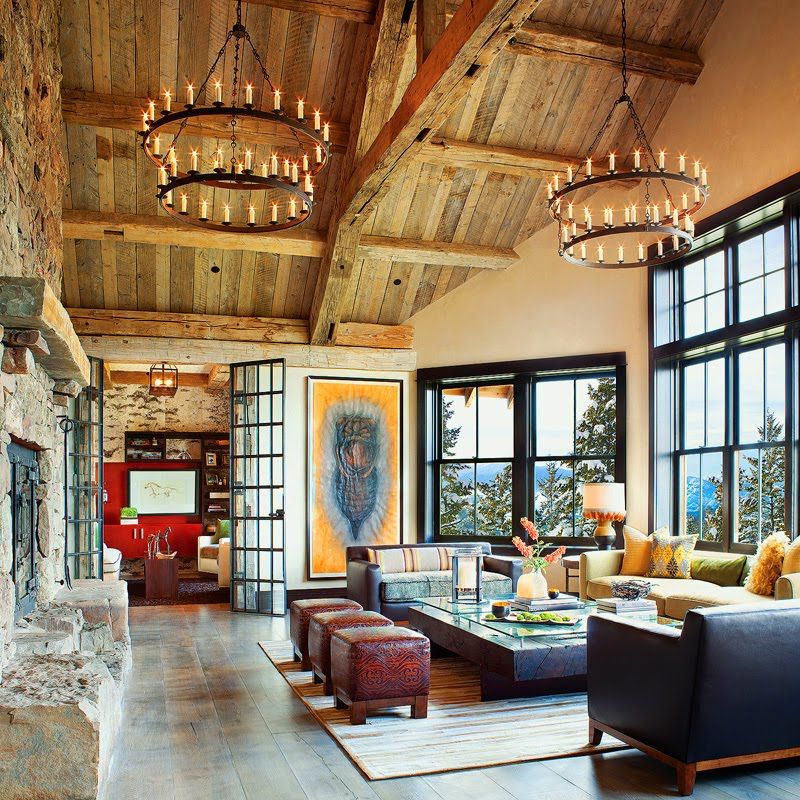 Not only were the single-story layouts and low-to-the ground silhouettes easy to maintain, but they also helped beat that grueling Southwestern heat.
Not only were the single-story layouts and low-to-the ground silhouettes easy to maintain, but they also helped beat that grueling Southwestern heat.
Ranch homes dipped in popularity shortly after they burst onto the architecture scene; however, the style made a huge comeback as suburbs became more prominent. In fact, after World War II, nine out of 10 new residences were ranch-style houses.
It’s been nearly a century since ranch-style houses were created, and the look is just as popular today as it was back then.
According to a recent study by Trulia, they’re the most popular types of residences in 34 states. Ranch-style houses are oftentimes — but not always — more affordable than other abodes. Plus, since most homes don’t require cumbersome stairs, they’re ideal for family members of all ages.
'Today, they have maintained their popularity for several reasons,' says Liles Dunnigan of The Warehouse Interiors . 'First and foremost, they are ideal renovation candidates.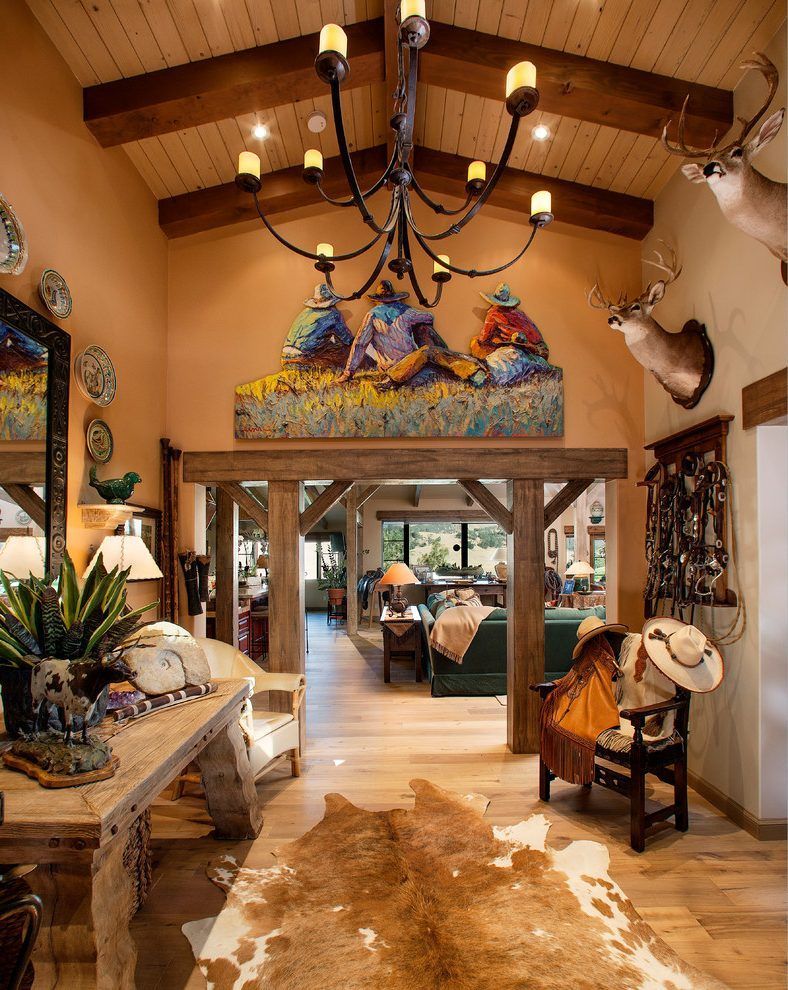 They can be easily opened up inside by removing interior walls to create more of an open concept that is so desirable today. They also have very low simple roof lines that make additions easy to achieve.'
They can be easily opened up inside by removing interior walls to create more of an open concept that is so desirable today. They also have very low simple roof lines that make additions easy to achieve.'
Types of ranch-style houses
Photography/Michael Hunter
(Image credit: Darla Bankston May)
Though the ranch house style seems simple, they offer plenty of variety. Deepen your knowledge of the architecture trend with these key categories:
1. The California Ranch
A post shared by CliffMayRancho (@cliffmayrancho)
A photo posted by on
California-based architect Cliff May put the ranch house style on the map back in the early 1930s, and his take is still considered classic.
This tried-and-true type takes cues from the Arts and Crafts movement that reigned supreme well into the 1920s as well as Spanish colonial architecture.
Additionally, many California ranches have an L or U-shaped silhouette, deftly creating a designated courtyard space.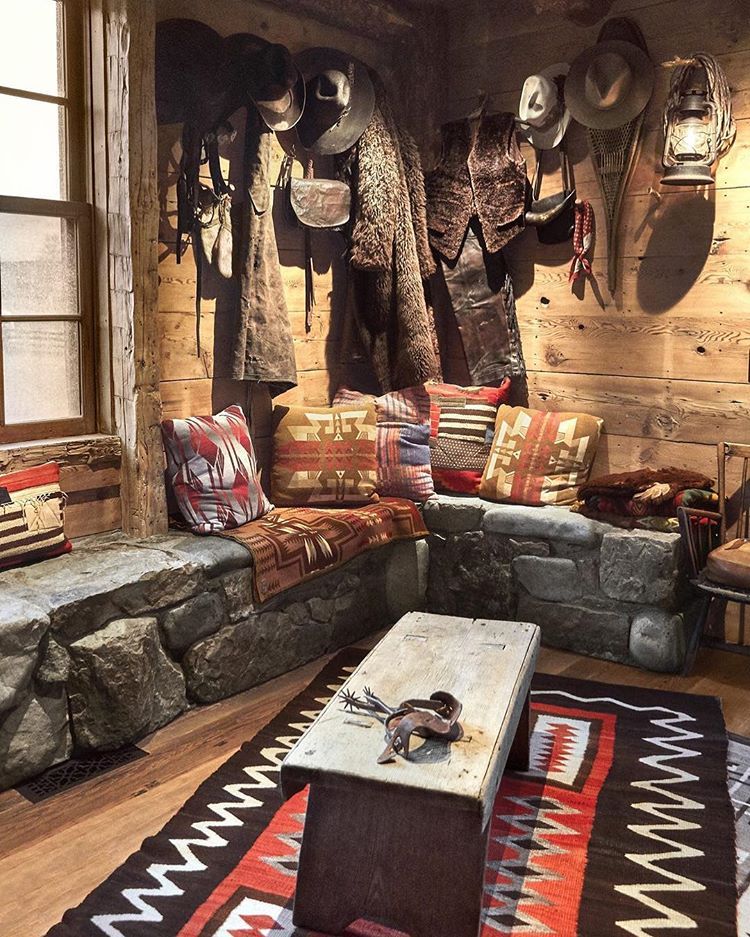
2. The Suburban Ranch
A post shared by Amy Fisher (@pawsburgh)
A photo posted by on
When World II ended, many families wanted to escape their hustling, bustling cities. And, with the rise of suburbs came the rise of suburban ranches.
While this type has many of the same features as a California ranch, but are usually smaller and have a simple silhouette. Think of it as a cul-de-sac-compatible alternative.
3. The Split-Level Ranch
A post shared by Montréal Maisons (@montrealmaisons)
A photo posted by on
Why settle for one floor when you can enjoy a few? Popular in the 1960s and 70s, split-level ranches stagger their square footage across three to four stories.
Dwellers might enter on one floor, but will need to go up or down a small flight of stairs to reach the den, garage, or bedrooms.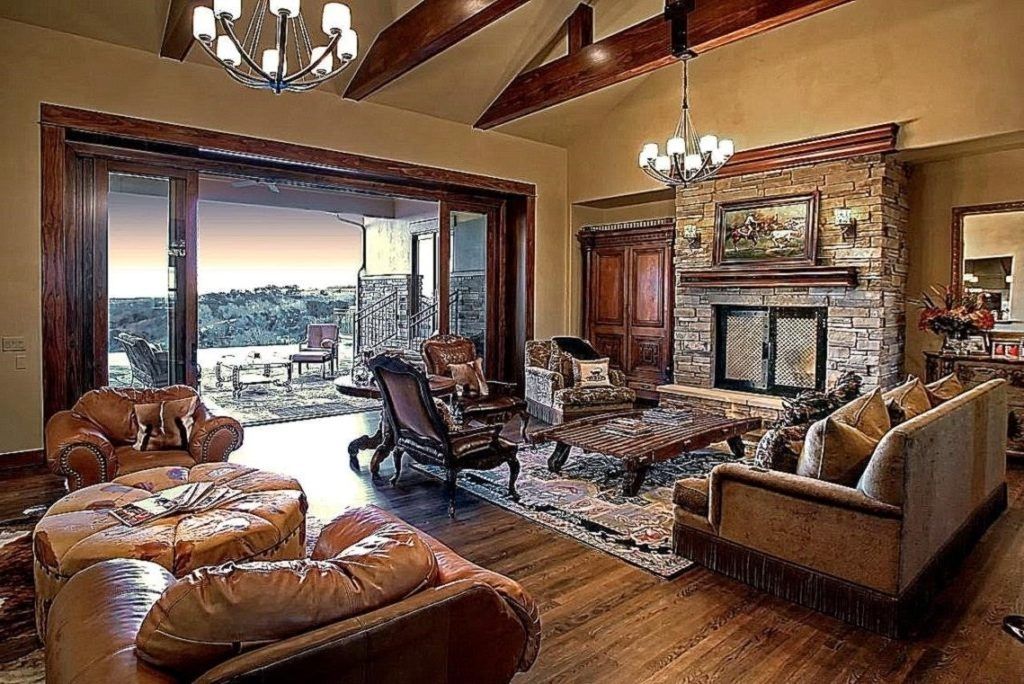 The varying stories might be a far cry from the typical ranch house style, but they’re great for families who want some privacy.
The varying stories might be a far cry from the typical ranch house style, but they’re great for families who want some privacy.
4. The Raised Ranch
A post shared by Danielle (@raised_ranch_reno)
A photo posted by on
Many people think split-level and raised ranches are the same thing, but the truth is these two styles have some noticeable differences.
While split-level ranches span across several stories, raised residences typically have a total of two floors, usually above and below the entryway.
Both options are departures from the status quo, but the streamlined floorplan makes this style feel more consistent with the classic California home.
Where are ranch-style homes most popular?
Photography/Michael Hunter
(Image credit: Darla Bankston May)
Ranch house style was initially created in the Southwest, but they have quickly spread to all across the United States of America.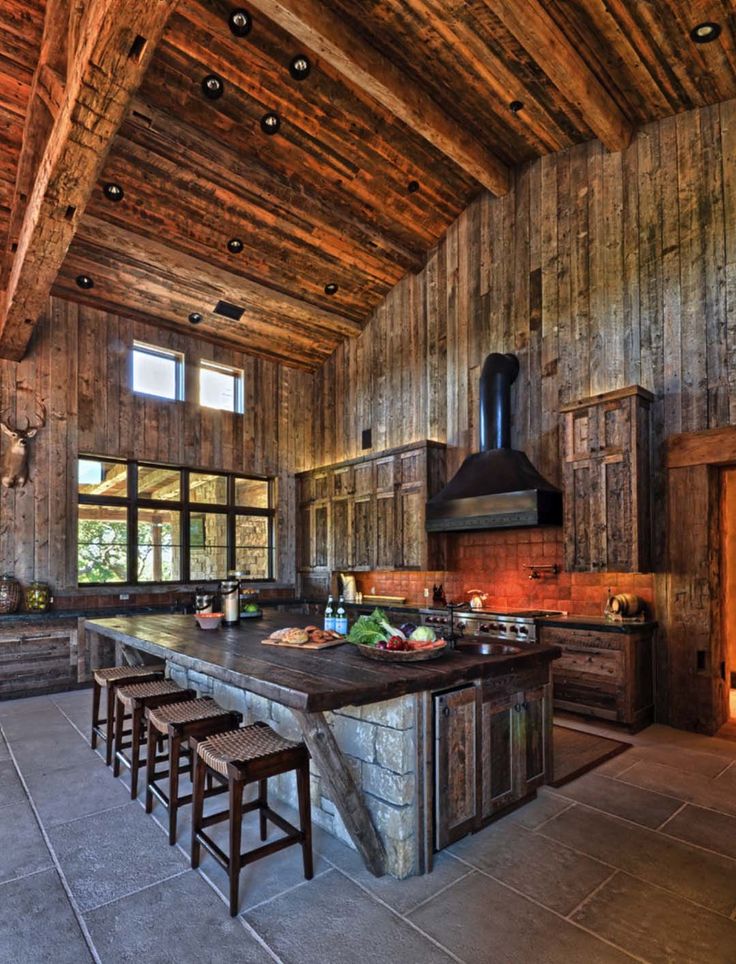
'They are found throughout the US, from the Southwest to the East Coast; they are just different styles depending on what area of the country you are in,' Dunnigan explains.
'For example, California ranch-style houses are considerably larger in scale featuring vaulted ceilings and sunken rooms whereas the North Eastern versions can be much more closed off and feature more rigid floor plans.'
Additionally, in the Midwest, many people deck out their homes with basements. Not only can this addition make the most of their space – especially as they can’t use their backyard in the colder months – but it can also act as protection against tornadoes.
What to look for in a the ranch-style house
Photography/Michael Hunter
(Image credit: Darla Bankston May)
Though ranch-style houses come in different shapes and sizes, they do have a few characteristics in common.
In addition to their low-slung – and often single-storied – floorplan, they also usually have a low-pitched roof, wide eaves, picture windows, and a designated porch or deck.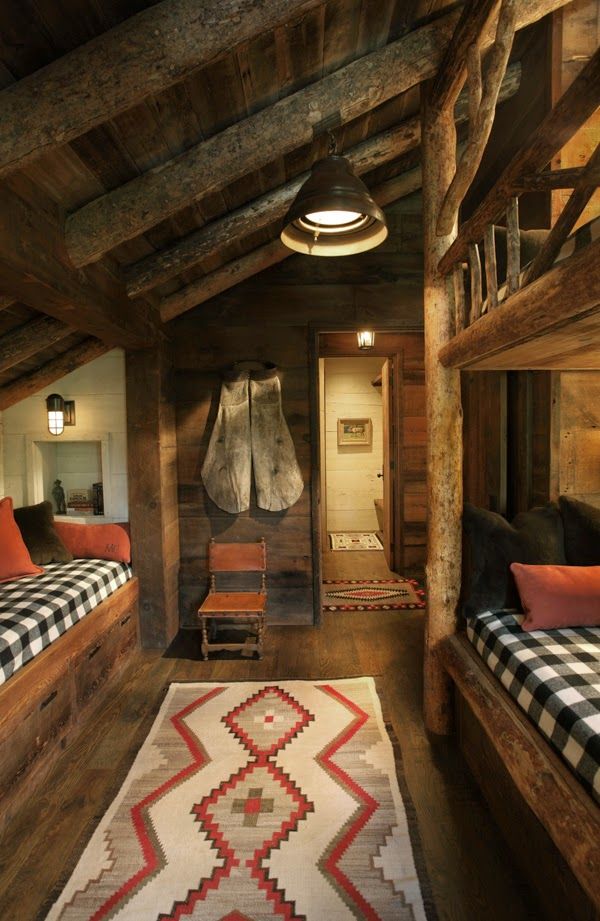
Since ranch-style homes are notorious for bridging the gap between indoor and outdoor living, you can also expect a sliding glass door in the backyard. And, like most modern homes, it’s likely a ranch residence will also feature an attached garage.
Of course, those similarities don’t stop with the exterior. Turns out, most ranch-style spaces boast an open-concept layout, giving dwellers the chance to craft their homes however they please.
'The main living areas are centrally located with bedrooms set further away and accessed by a long narrow hallway,' adds designer Darla Bankston May .
'The layout makes it easy to change the function of a room or to remodel in terms of tearing out walls to make a space larger or adding on to the structure of the house.'
How to decorate in ranch house style
Since ranch homes offer a lot of variety, there’s no one way to decorate these residences. However, if you’re looking for some fresh ways to dress up your home, check out these inspiring ideas.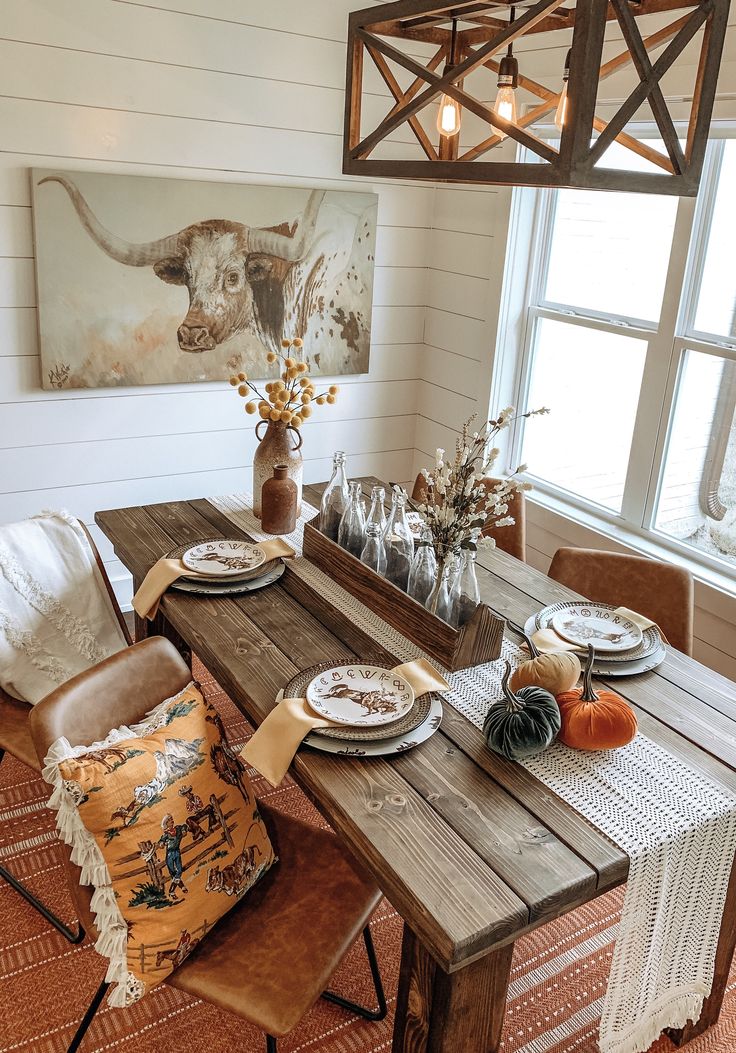
1. Emphasize the open-concept
Photography/Daniel Nadelvach
(Image credit: Darla Bankston May)
Want to get the most out of your space? Put your home’s layout on full display. While an open-concept floorplan can give your home a light airy atmosphere, filling your place with room dividers or bookshelves can make it feel claustrophobic.
'Don’t over clutter with too much furniture,' Bankston May says. 'When you have an open floorplan for your main living areas you want an easy flow between each space.'
If you want to create the illusion of separate rooms without compromising your home’s airy reputation, break up the space with various rugs.
Photography/Michael Hunter
(Image credit: Darla Bankston May)
2. Pick a neutral palette
Photography/Michael Hunter
(Image credit: Jon Day)
A paint color has the power to set the mood for your space, and since the ranch house style is typically open-concept, the hue you choose here is even more pressing.
If you want to keep your home airy, open layout at the forefront, stick with light and versatile neutrals. That said, there are more shades than a pristine white. From sandy beiges, to light greys, to a soothing blue, the options are virtually endless.
'When your living spaces are in one large room or adjacent and visible to another, you don’t have to use the same color scheme in each room,' Bankston May recommends.
'An easy way to do this is to choose one or two colors that you repeat in each space. The color used on the dining chairs could be repeated in the pillows on the living room sofa.'
- See: Living room ideas – 25 inspiring ways to decorate and furnish your space
3. Select sleek silhouettes
(Image credit: Rafael Soldi)
Ultimately, your home’s décor style should be a reflection of your personal taste.
However, if you’re not sure which type of furniture works the best with the ranch house style, you can’t go wrong with streamline silhouettes – especially those that pay homage to mid-century modernism.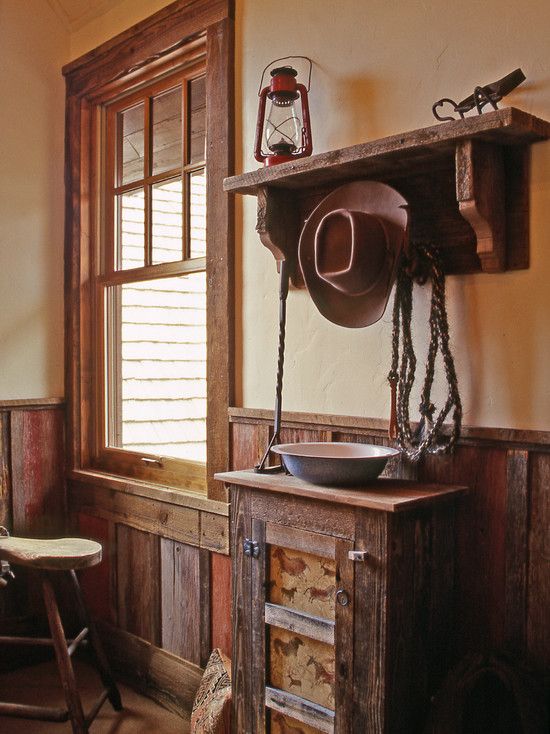
Originated in the height of the 20th century – and currently making an indefinite comeback – mid-century modernism boasts slim, boxy silhouette and subdued color palettes.
Not only will this style keep your home on trend, but the slim silhouettes will create a lot of negative space, which will emphasize your home’s layout.
4. Embrace the great outdoors
Photography/Daniel Nadelvach
(Image credit: Darla Bankston May)
The ranch house style was designed to create a delicate balance between indoor and outdoor living, so your backyard should not be ignored.
Instead, treat your outdoor space like any other room in the house, complete with comfortable furniture, personable accents, and strategic lighting.
Kelsey Mulvey is a New York-born, San Francisco-based freelance journalist who covers lifestyle and design content. She started her writing career while studying magazine journalism at Boston University, where her work was syndicated by top digital publications like USA Today and MSN. Upon graduation, Kelsey covered lifestyle content The Wall Street Journal, Off Duty and Business Insider. In 2017, Kelsey started her freelance journalism career, where she contributes to design publications like AD PRO, Elle Decor, Wallpaper*, and more. W
Upon graduation, Kelsey covered lifestyle content The Wall Street Journal, Off Duty and Business Insider. In 2017, Kelsey started her freelance journalism career, where she contributes to design publications like AD PRO, Elle Decor, Wallpaper*, and more. W
Everything You Need to Know About Ranch-Style Houses
The ranch-style house is something of an American harbinger. Unlike the European pastiche of Colonial or Victorian houses, the ranch, or “rancher,” style started here, specifically in postwar Los Angeles, and quickly became a fixture of suburban landscapes across the U.S.
With its low-slung frame sprawled across the wide open spaces of the developing American West, this midcentury relic reflected postwar optimism, the aspiration of suburban family life, and a special way of living—as Sunset Magazine put it in 1946, “informal yet gracious.” Now the classic ranch, once a radical departure from tradition, is being rediscovered by today’s generation as a veneration of relaxed West Coast style.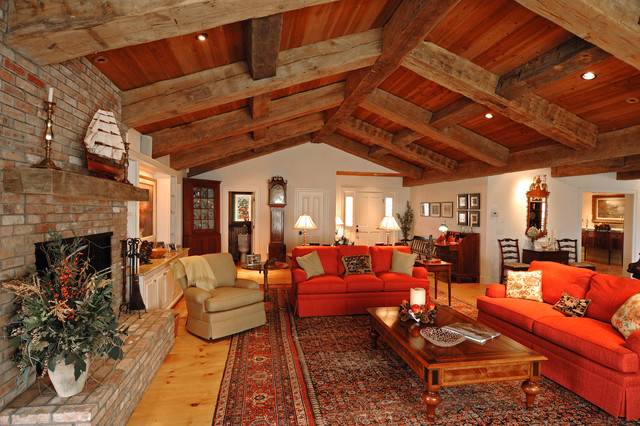 Here’s what you need to know about this enduring architectural style.
Here’s what you need to know about this enduring architectural style.
At the end of World War II, war veterans who had been offered generous home loans returned home, ready to resume their lives and raise families. However, scarcity during the Great Depression and the war led to few houses being built and pent-up demand. “While architects in Western Europe and the Soviet Union met the need by building high-rise-apartment blocks, Americans created a consumer product that people wanted to buy,” says Alan Hess, architectural historian and author of The Ranch House. “And that was the ranch-style house. It deserves respect because it solved the housing crisis of America in the midcentury.”
First drafted in the 1930s by architects like Cliff Mae and William Wurster, the ranch-house style lent itself well to mass production: low, one-story, and made of simple and inexpensive materials like shake roofs, board-and-batten walls, and brick foundations.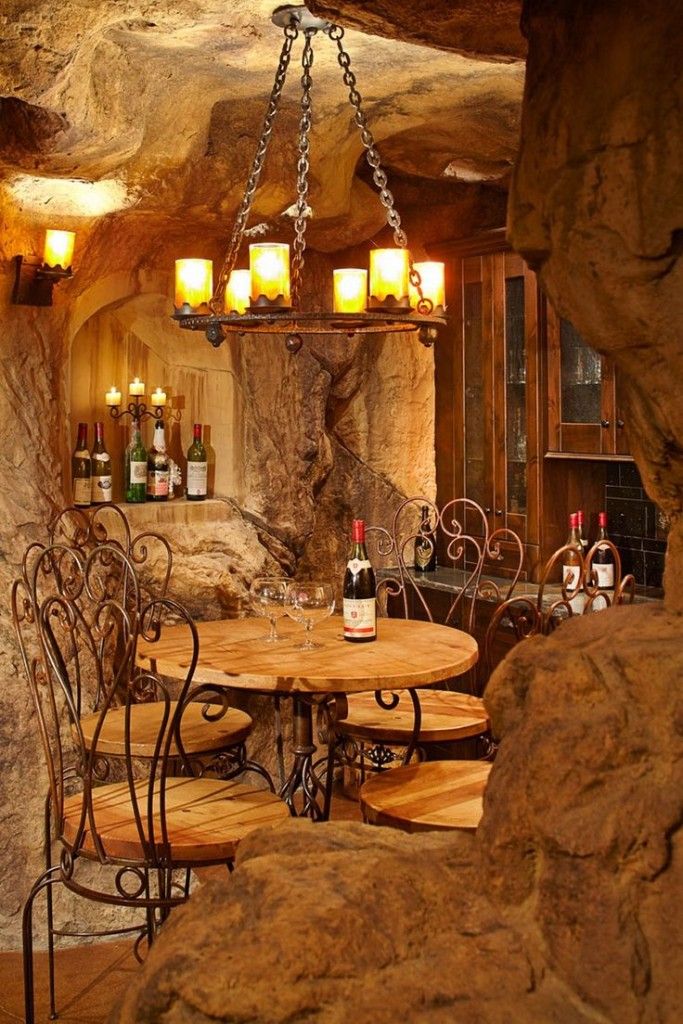 Many scholars argue that survival of the ranch house was also largely dependent on the Hollywood scene at the time. Heroic characters played by John Wayne and Randolph Scott had captured the imagination of Americans, and the ranch house—first built in states like California and Texas—encapsulated the mystique of the Old West. “The myth of the cowboy and the heroic Western characters glorified on the big screen—it all blended into the appeal of the ranch house for the average American,” says Hess.
Many scholars argue that survival of the ranch house was also largely dependent on the Hollywood scene at the time. Heroic characters played by John Wayne and Randolph Scott had captured the imagination of Americans, and the ranch house—first built in states like California and Texas—encapsulated the mystique of the Old West. “The myth of the cowboy and the heroic Western characters glorified on the big screen—it all blended into the appeal of the ranch house for the average American,” says Hess.
Ranch-style houses exploded in popularity during the 1950s and ’60s. Here, a typical suburb.
Photo by D. Corson/ClassicStock/Getty Images//Getty ImagesAfter winning the approval of the Federal Housing Administration, veterans and others could purchase a ranch house with the help of low-cost government loans—a monetary boost that catapulted the ranch house into unprecedented growth. By the 1950s, it was the most ubiquitous residential housing type in the country, with over 1.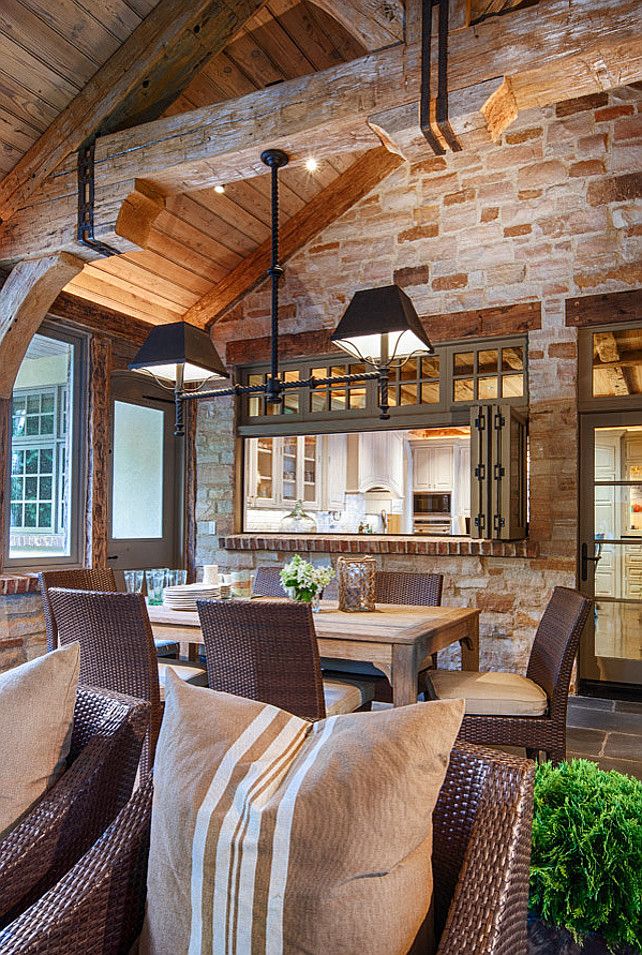 65 million houses built in 1955, according to Clifford Edward Clark Jr., author of The American Family Home, accounting for nine out of 10 new houses built.
65 million houses built in 1955, according to Clifford Edward Clark Jr., author of The American Family Home, accounting for nine out of 10 new houses built.
But while the American dream of suburbia was an idyllic pillar of American culture in the ’50s and ’60s, critics denounced the ranch-style house as a conformist suburban artifact, using terms like “ranch burger” and “ticky-tacky.” “There was criticism that suburbia was so low density and that a single family house in the middle of several acres was not efficient,” Hess says. “The price of land was also rising. All of those factors came together to make the ranch house no longer as popular as it had been.” By the early 1970s, buyers and builders were turning to the so-called neo-eclectic homes that were larger, more formal, and more ornate.
What Are the Features of a Ranch House?Traditional ranch-style homes—also called ramblers—are known for their simplistic, no-frills design elements.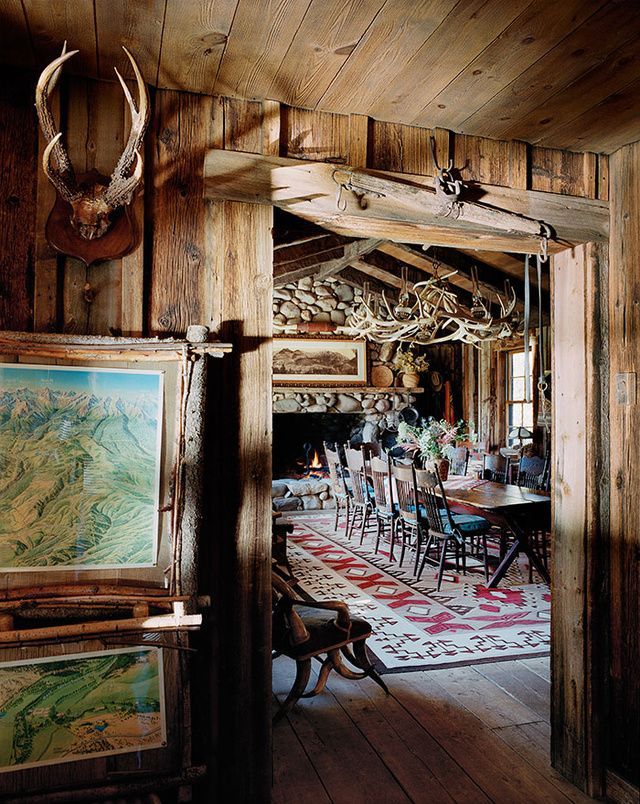 Their signature low-slung frame is formed by a single-story floor plan with long, low-pitched rooflines and deep overhanging eaves that extend past the exterior walls of the house. The shape of the rancher is often rectangular, though many can also be built in a U or L shape. Depending on the price point of the house, they could range from 900 square feet to a more generous 2,500 square feet.
Their signature low-slung frame is formed by a single-story floor plan with long, low-pitched rooflines and deep overhanging eaves that extend past the exterior walls of the house. The shape of the rancher is often rectangular, though many can also be built in a U or L shape. Depending on the price point of the house, they could range from 900 square feet to a more generous 2,500 square feet.
Many structures are decidedly Western, calling to mind the days of dude ranches and Mexican haciendas, while more modern styles featured simple and clean lines and mid-century elements. In the Midwest and the East, these homes incorporated colonial elements and materials.
Courtesy USDA
The exterior can be made up of a mix of materials, including brick, stucco, and wood, or clad in siding. Some may have diamond-paned windows or Dutch doors with an upper half that could swing open, and all have large windows throughout. Ranch houses also often feature an attached front-facing garage and finished basement space.
Nearly all ranch homes are laid out on a single-story floor plan with easy access to all areas of the house and an open flow between rooms. Its open-concept layout frequently has a devoted outdoor space—be it a patio, deck, or lawn—that is accessible by large sliding glass doors that open from the living area.
The traditional 19th-century ranch house built out on the Plains didn’t have open plans, but the modern adaptation a century later did, with a combined kitchen, dining room, and living room that would flow into the backyard. “The indoor-outdoor lifestyle was very appealing for young families with kids,” Hess says. “Kids can play outside, the mothers could be cooking, which was the stereotype at the time. The ultimate plan was perfectly suited to that suburban family lifestyle.”
A more modern-style ranch in Colorado’s iconic Arapahoe Acres, a neighborhood now listed in the National Register of Historic Places.
Photo By Joe Amon/The Denver//Getty ImagesInside, the ranch house often had natural wood and knotty pine throughout, with Western-themed wallpaper that featured fancy and fun lariats and horses—a favorite for children’s rooms. With the availability of modern appliances to the mass market for the first time, these new luxuries—TVs, dishwashers, intercoms that connected the rooms—were an integral part of the suburban ideal. “People wanted to live as if they were out on the Plains somewhere, but they wanted rustic living in modern splendor,” Hess says. “Imagine that you were living next to John Wayne, the cowboy, but you were completely comfortable.”
With the availability of modern appliances to the mass market for the first time, these new luxuries—TVs, dishwashers, intercoms that connected the rooms—were an integral part of the suburban ideal. “People wanted to live as if they were out on the Plains somewhere, but they wanted rustic living in modern splendor,” Hess says. “Imagine that you were living next to John Wayne, the cowboy, but you were completely comfortable.”
While it may never return to its unparalleled mainstream traction, the populist house style is making a comeback as homeowners are purchasing and restoring ranch houses all across suburban America. Young buyers see them as affordable options that appeal to a minimalist lifestyle in a difficult housing market, and the aging population is opting to downsize to them for both the convenience of a single story as well as a nostalgic return to the aesthetic of their youth.
In addition, a growing group of volunteers and homeowners have been taking action to save and preserve classic and retro American ranch homes, listing a number of historic neighborhoods—from Colorado’s Arapahoe Acres to California’s Eichler houses to Texas Hill Country—on the National Register of Historic Places.
Learn More About Ranch-Style Homes
Rachel Silva
Assistant Digital Editor
Rachel Silva, the Assistant Digital Editor at ELLE DECOR, covers design, architecture, trends, and anything to do with haute couture. She has previously written for Time, The Wall Street Journal, and Citywire.
Top 5 Rules - INMYROOM
Tips
Traditional American ranches are small houses made of cheap materials. Read our review of how modern ranches look like today and what interior details they inherited. Today, the famous Moscow designer Elena Krylova told us what exactly is the peculiarity of designing an interior in the style of an American ranch, and how to make it as close as possible to Russian realities.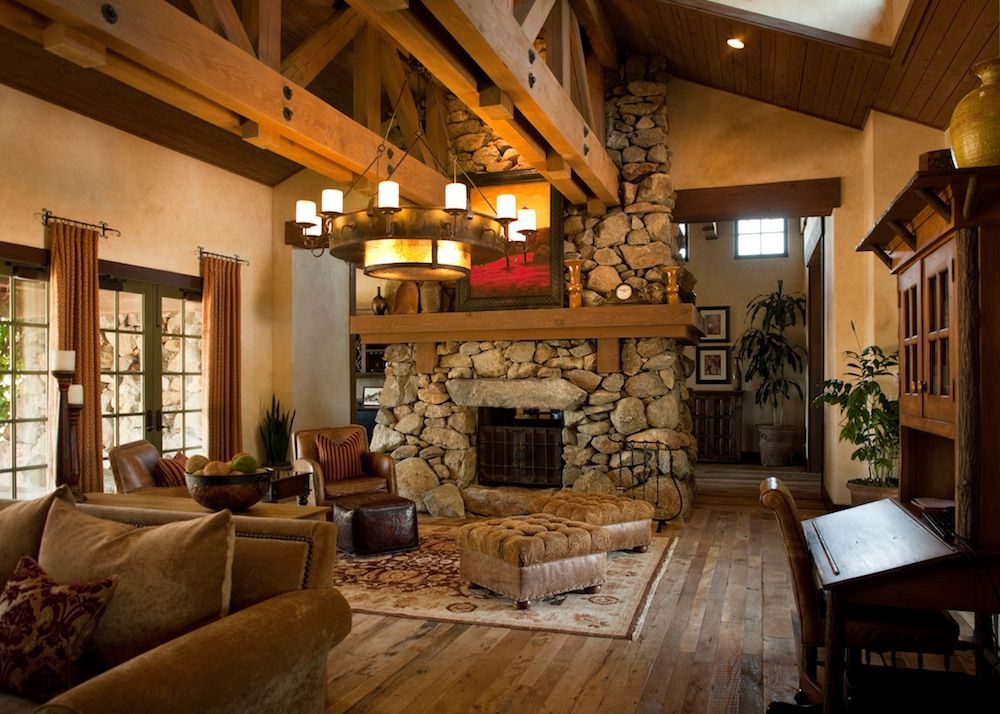 nine0003
nine0003
Elena Krylova is a famous Moscow designer, head of her own design studio. Elena created exclusive interiors for many show business stars, famous politicians and businessmen: Bari Alibasov, Natasha Koroleva, Lena Lenina and many others. During her work, Elena Krylova, together with her team, has implemented dozens of design projects for both residential premises and clubs, restaurants and beauty salons. Regular participant of business events and TV projects.
1. Materials
Originally an American ranch house built with the cheapest and poor quality materials. The fact is that the hot location and the idle lifestyle did not force dashing cowboys to build high-quality and long-term housing.
Therefore, during the construction, everything that was at hand was used: brick, stone, boards, clay. Today, these materials are also relevant when decorating ranch-style houses.
2. Planning
Naturally, during the crisis there was nowhere to turn around during the construction, so the rural housing of the industrious American did not differ in high-rise buildings - one, maximum two floors. nine0003
nine0003
The ranch is also characterized by an asymmetric design and the absence of any internal geometry. The small area of the ranch did not allow dividing the premises into many rooms, so the dining room was almost always combined with the living room and hallway. At the same time, the first floor was made walkable and equipped with large sliding doors to the veranda and the courtyard. Thus, a visual increase in space was achieved. The only separate room was the bedroom.
Today, the idea of the most spacious ground floor is relevant for many houses. Well, if, as is typical for a ranch, there is only one floor, it is worthwhile to think carefully about the layout and communications in order to fit all the functional areas in a small area of \u200b\u200bthe house. nine0003
3. Interior decoration
American ranch style - homey and cozy. Therefore, the interior is not overloaded with decoration and details, but at the same time it is saturated with various family heirlooms.
Ceilings remain pristine, where exposed beams add color to the rustic home.
Of course, preference is given to natural materials for finishing: on the floor - stone or ceramic tiles; on the walls - tinted brick or wood. Furniture - wooden or wicker. nine0003
4. Accessories and decor
The interior of the ranch has a lot of original details: chests, forged candlesticks, rocking chairs, earthenware.
Textile - in a small flower with frills. A lot of pillows and carpets give the interior an atmosphere of comfort and warmth. Moreover, many of the details are made by hand or to order.
At the same time, the interior of the ranch is distinguished by a certain brutality typical of the male interior of a real cowboy: forged accessories and furniture, animal skins, textures of raw wood, concrete and brick. nine0003
Another integral part of the ranch (as well as any country house for a large family) is a fireplace decorated with concrete, stone or brick.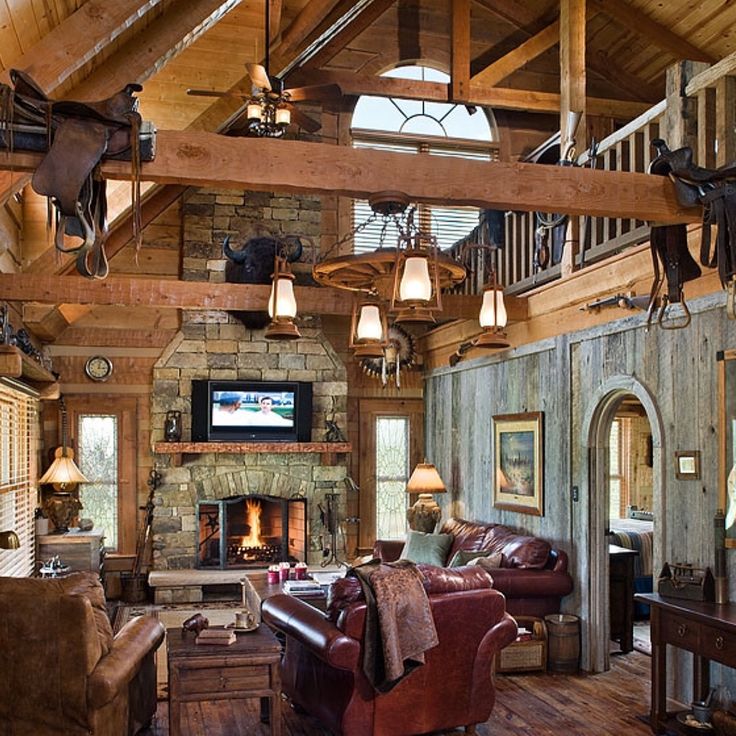 The more textured, the better!
The more textured, the better!
5. Lighting
When designing a ranch-style interior, one should not forget about the lighting that characterizes it. Initially, in order to save money, the ranch was made with as large windows as possible so that sunlight penetrated into all corners of the premises.
This trend has continued today, so the main focus is on functional lighting of work areas and decorative lighting, which gives even more texture to finishing materials. Fanciful lamps made of copper and steel, chandeliers imitating candles, forged lamps - all this is quite appropriate in the interior of this style. nine0046
Of course, over time, the American ranch-style interior has undergone many changes. However, it is only gaining its popularity. The main thing is to remember that in order to create this style in the interior, the first thing you need to think about is functionality and comfort for life!
views of the facade and interior - Overview + Video
The Ranch style itself implies involvement in American architecture.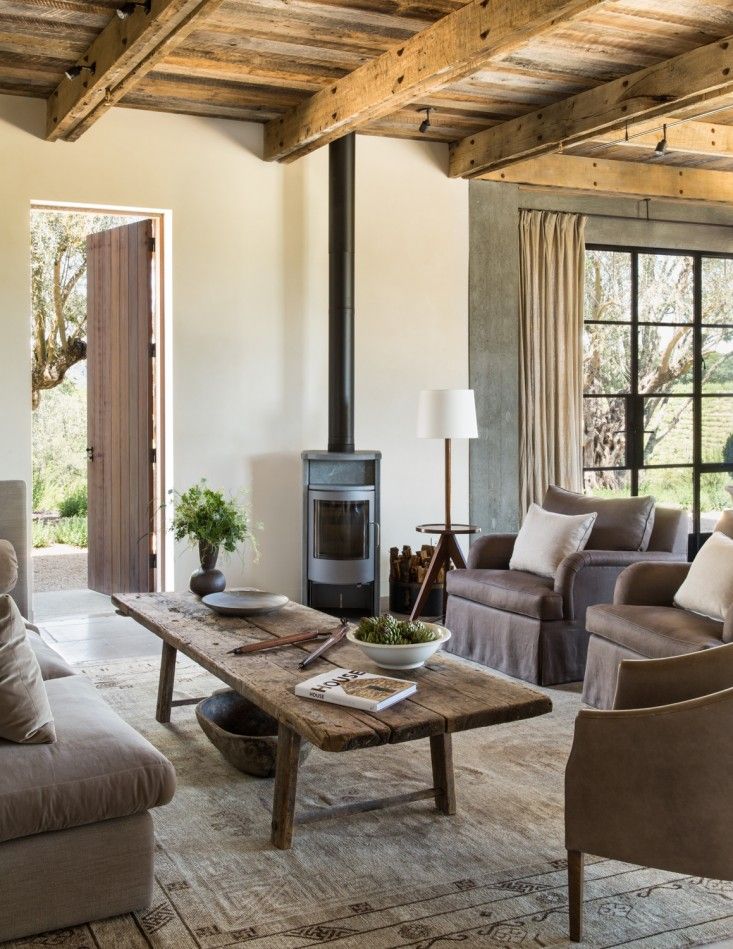 It can be divided into two types: American and Californian. At one time (the fifties of the twentieth century), the ranch style was very popular. Later, its distribution reached Europe and Australia, although the latter also had its own version of the design of houses.[contents]
It can be divided into two types: American and Californian. At one time (the fifties of the twentieth century), the ranch style was very popular. Later, its distribution reached Europe and Australia, although the latter also had its own version of the design of houses.[contents]
Contents:
- 1 How did the ranch style develop
- 2 Main features of the American ranch
- 2.1 What are ranch houses made of?
- 2.2 Ranch Layout
- 2.3 Ranch Style Home Decor
- 2.4 Lighting and Interior Decoration
How the ranch style evolved
This variant of architecture came about when the American continent was settled. Some historians believe that the Spaniards were the first creators of the ranch, as there are some similarities with Spanish architecture in its details. nine0003
The main difference between a one-story house is the lack of symmetry and the cheapness of materials. Bricks, stones, logs were used.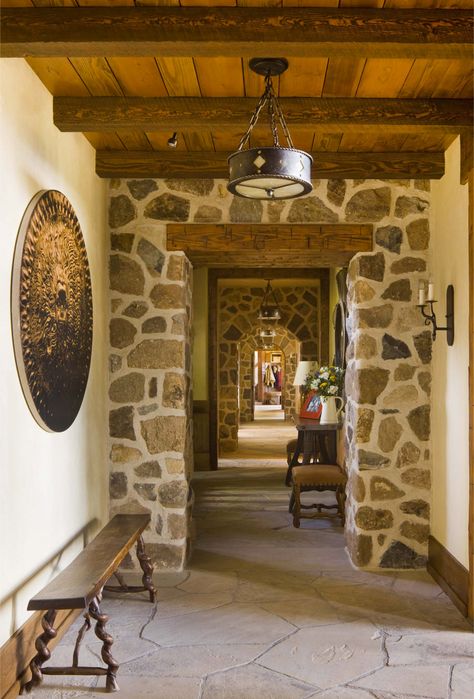 The priorities of such construction can be called short terms and minimal costs.
The priorities of such construction can be called short terms and minimal costs.
The Americans took huge verandas from Spanish architecture, which are being built open. In the twentieth century, this style was very popular, because it was then that the American economy was reviving.
You can often hear such a thing as "one-story America." It presupposes such constructions. American cottages can be compared to farmhouses. In Russia, this style did not take root. nine0003
The main features of the American ranch
The building must be one-story, complete lack of symmetry, gable roof, there is a garage .
A large veranda must be attached to the house, always open. The ceiling rests on thick ceilings or beams, there are deep vaults. The windows are big enough. Sliding doors made of glass and leading to the veranda or courtyard. The walls are sheathed with ordinary clapboard, there is an imitation of natural stone through plaster. nine0003
Buying a ranch-style house is within the power of any ordinary citizen of America. Its cost depends on the layout, location and condition of the building. Typically, a ranch contains a kitchen, dining room, living room, and two to three bedrooms.
Its cost depends on the layout, location and condition of the building. Typically, a ranch contains a kitchen, dining room, living room, and two to three bedrooms.
What are ranch houses made of?
The main criterion for choosing materials for building a ranch is the lowest cost . The quality of construction of such houses suffers from this. America has a warm enough climate that does not require the construction of buildings with an emphasis on reliability. And besides, the nomadic lifestyle of American cowboys affected. nine0003
The main materials for the construction of the ranch were natural materials such as clay, wood or stone. Nowadays, these same materials are used to finish projects built in the ranch style.
Ranch layout
Typically, an American ranch has only one floor. It is extremely rare to find two-story houses. The interior layout is distinguished by the absence of all kinds of geometric proportions and shapes. It was impossible to divide it symmetrically due to the small size of the room.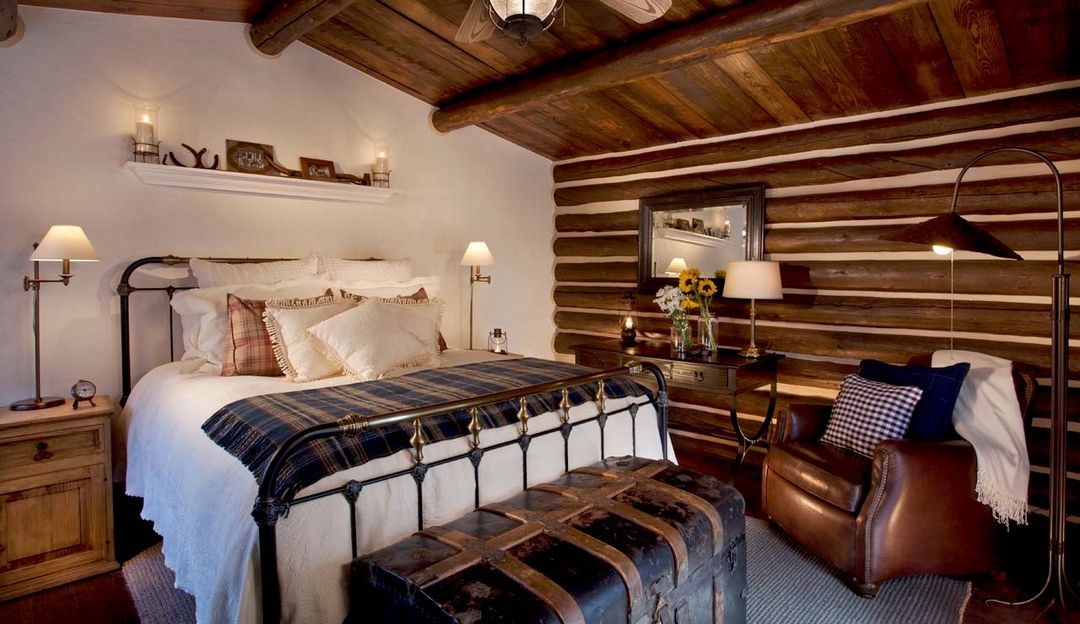 nine0003
nine0003
The first floor was a walk-through and had two exits - to the courtyard and to the terrace. Sliding doors made the house look more spacious. The dining room and living room were combined, the only isolated room was the bedroom.
These days, the ranch is practical. If necessary, you can complete the premises, if the land area allows. The main point in the construction of such a house is the timely planning of all communications.
Ranch home decor
The main decor elements are antique items: forged candlesticks, chests of drawers, armchairs, crockery . The fabric in the interior is distinguished by delicate shades and is natural. Around a lot of soft, pillows, carpets. Comfort is seen in everything. Do-it-yourself details are welcome and predominate. It can be furniture, forging, walls, wood panels. The main place in the house is the hearth, decorated with cement, brick or natural stone.
Lighting and interior decoration
In the past, the main source of light in the American ranch was natural street light.
